Author: IGNAS, DEFI RESEARCH
Exploring Opportunities in the Crypto Market for the Next 90 Days
The cryptocurrency market is currently entirely constrained by macroeconomic factors. My feed on X is filled with macroeconomic analyses rather than guides on airdrops, mining, or meme coins. As I write this article, both the cryptocurrency and traditional financial markets remain at an “extreme fear” level (even after some tariffs have been lifted).
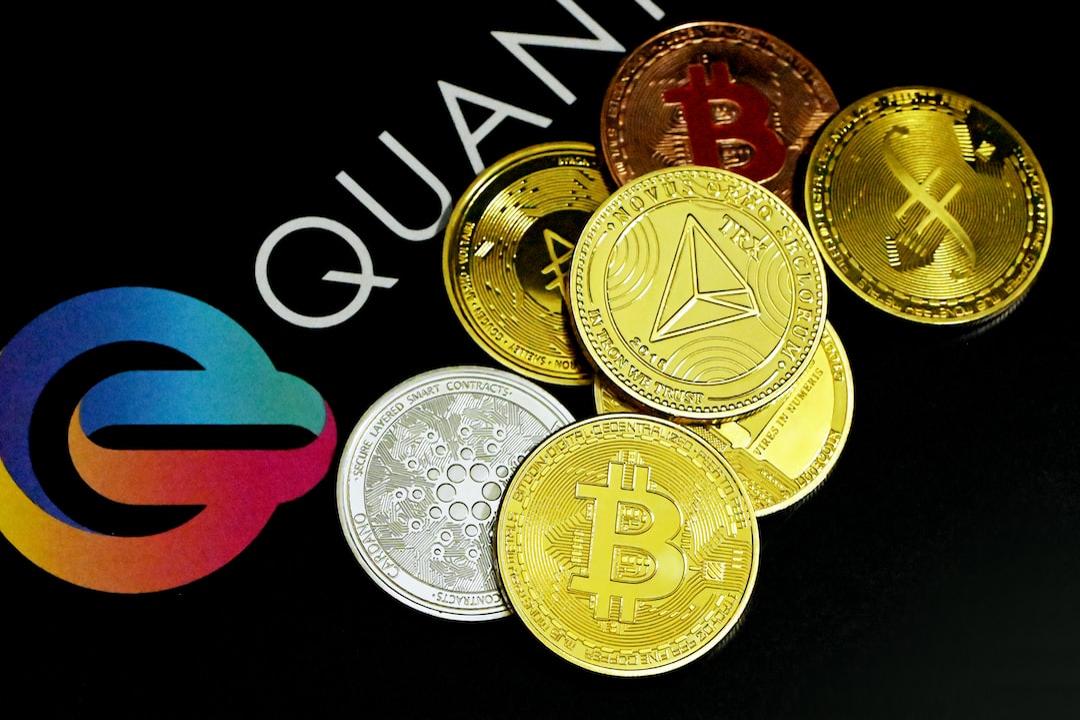
Advancing in the cryptocurrency space has never been as challenging as it is now, and as a content creator, I have never felt so acutely aware of my own shortcomings. Despite knowing that my macro analysis skills are average, I still have a strong desire to share my thoughts. I resonate with DonAlt’s perspective: in today’s crazy world, people’s thinking about cryptocurrencies is still far from deep enough.
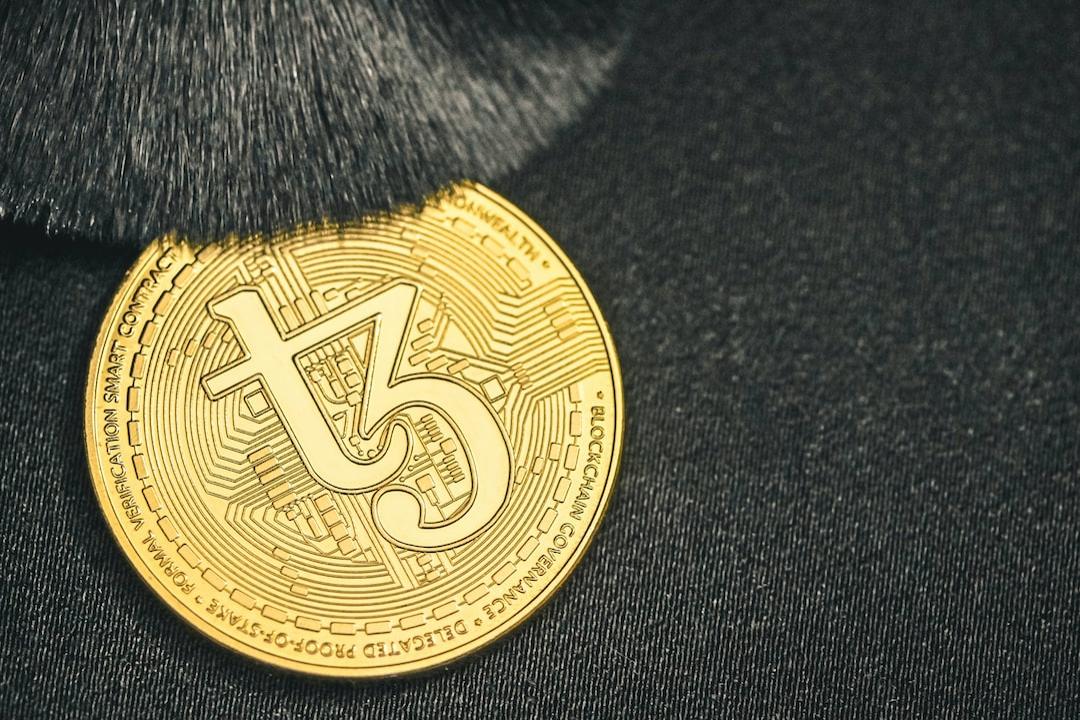
Unfortunately, if this indeed marks a shift in the global landscape and the end of the great debt cycle (as Dalio suggests), we will face an unstable macroeconomic environment in the coming years. However, in certain relatively stable areas, people’s focus will shift to the dynamic developments within the crypto ecosystem. The 90-day tariff suspension may also bring some opportunities.
Bitcoin: Bull Market or Bear Market?
In hindsight, when I published the blog post “Bull Market or Bear Market: What Comes Next?” in February, I should have liquidated my positions. I shared some on-chain data charts for Bitcoin (as seen below), and as a result, the market immediately shifted from bullish to bearish. Don’t blame me; like most KOLs on X, I cannot accurately predict market trends.
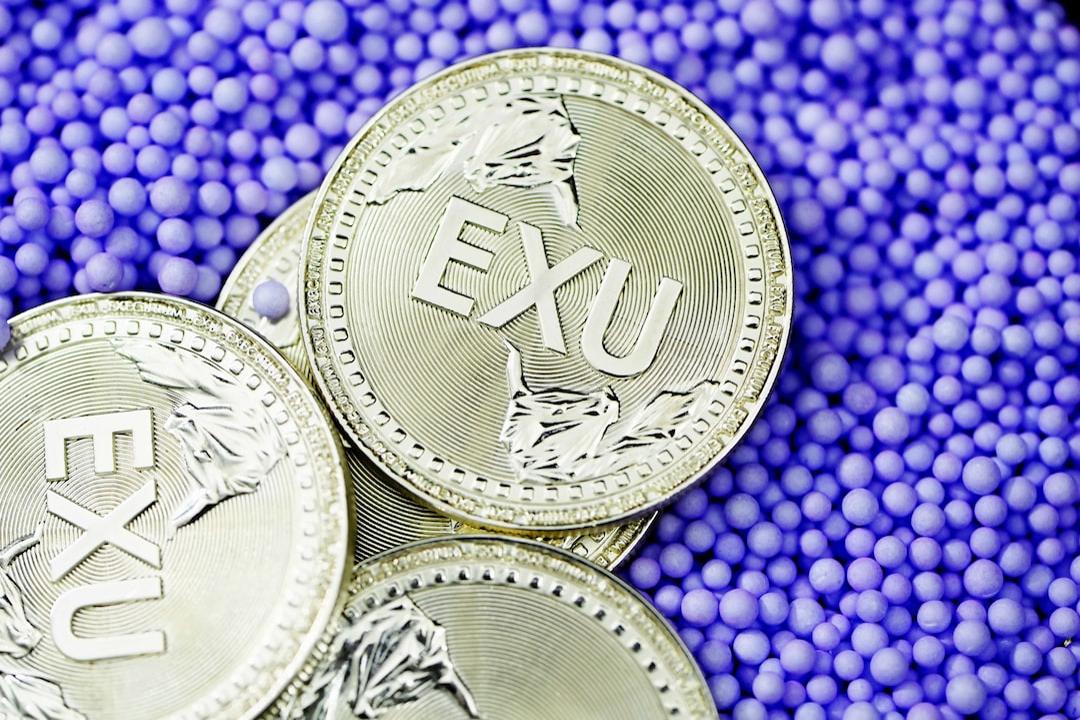
What I understand is that in a bull market driven by internal factors, on-chain data’s importance surpasses that of a bull market driven by external macro factors (like the current bull market). Bitcoin has become a macro asset, with two main schools of thought in constant debate.
Is Bitcoin a risk asset like stocks? Is Bitcoin a safe-haven asset like gold? Many people have not fully realized that Bitcoin’s significant dilemma lies in its inability to establish safe-haven asset properties. If it continues to show a high correlation with the Nasdaq index, the current price will lose its fundamental support. Once this characteristic of synchronizing with risk assets solidifies, institutional investors will lose interest in allocating to it.
In my article “The Truth and Lies of Cryptocurrency in 2025,” I described Bitcoin as an atypical hedge against macroeconomic uncertainty. Bitcoin cannot be both digital gold and a risk asset simultaneously.

Bitcoin is projected to reach $250,000 by 2025, and Ethereum is expected to rise to $12,000.
BlackRock’s correlation studies confirm this, and even Dalio, who previously held a skeptical view of Bitcoin, acknowledged it as a “store of wealth”:
In the early stages of the great debt cycle, money is “hard currency,” meaning it serves as both a medium of exchange and a store of wealth that is difficult to increase supply arbitrarily, such as gold, silver, and Bitcoin. Cryptocurrencies like Bitcoin are now becoming widely accepted hard currencies because they are universally accepted globally and have a limited supply. The greatest and most common risk for money to become an ineffective store of wealth is the risk of excessive money printing. Imagine if you had the power to create money—who would not be tempted to print a lot of it? Those in power always do. — Dalio, “How Countries Go Broke: Introduction and Chapter One”
I strongly recommend reading Dalio’s latest work, “How Countries Go Broke.” He argues that the United States is currently in a typical great debt cycle and that a new world order needs to be established in the debt restructuring process. This is the only in-depth analysis of the current global situation.
In short: the U.S. will print money, and other heavily indebted countries will follow suit. You can imagine how Bitcoin would fare in such a scenario. Bitcoin appears to be more of a risk asset than gold (which is hitting historic highs). I believe those who see Bitcoin as a risk asset are selling it to those who view it as a safe-haven asset.
I particularly enjoyed BlackRock’s comments during an interview with Bankless, where he mocked analysts from the native crypto space who insist that Bitcoin is a risk asset because they trade Bitcoin based on macro indicators such as unemployment rates, non-farm payroll reports, or the ISM manufacturing index.
Perhaps a simpler theory could explain Bitcoin’s current trend: it is purely driven by liquidity and monetary overexpansion. When monetary tightening occurs, Bitcoin fluctuates like a junk coin; when central banks unleash their printing presses, Bitcoin trounces all risk assets. This is also a notion constantly advocated by crypto analyst Hayes.
To be honest, I anticipate that Bitcoin will surge because the fiat currency system is being thoroughly dismantled.
Ethereum: No Worst, Only Worse
If we evaluate ETH’s value based on fundamental factors such as active addresses and transaction fees, it makes sense for ETH’s price to pull back to 2018 levels.
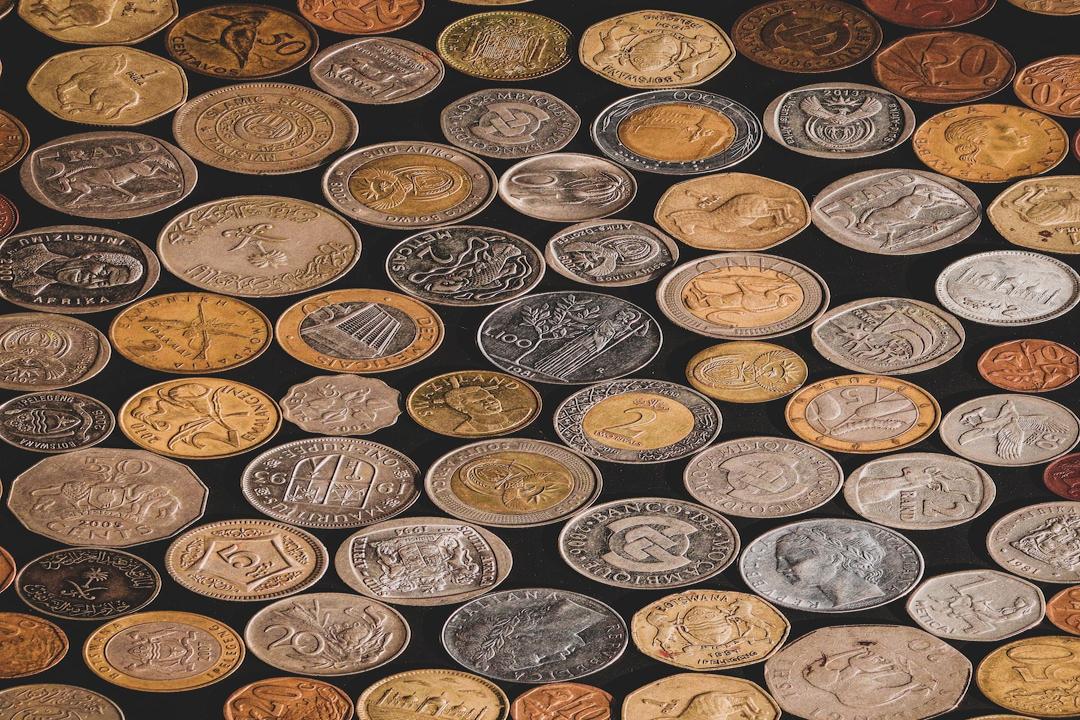
If we tally the active addresses across various Layer 2 solutions, while we can see some growth, it is entirely attributed to the Base chain. Other chains like Optimism and Arbitrum have stagnated.

Firstly, as I explained in this article, I do not believe that GAS fees are the sole factor in assessing the value of Layer 1.
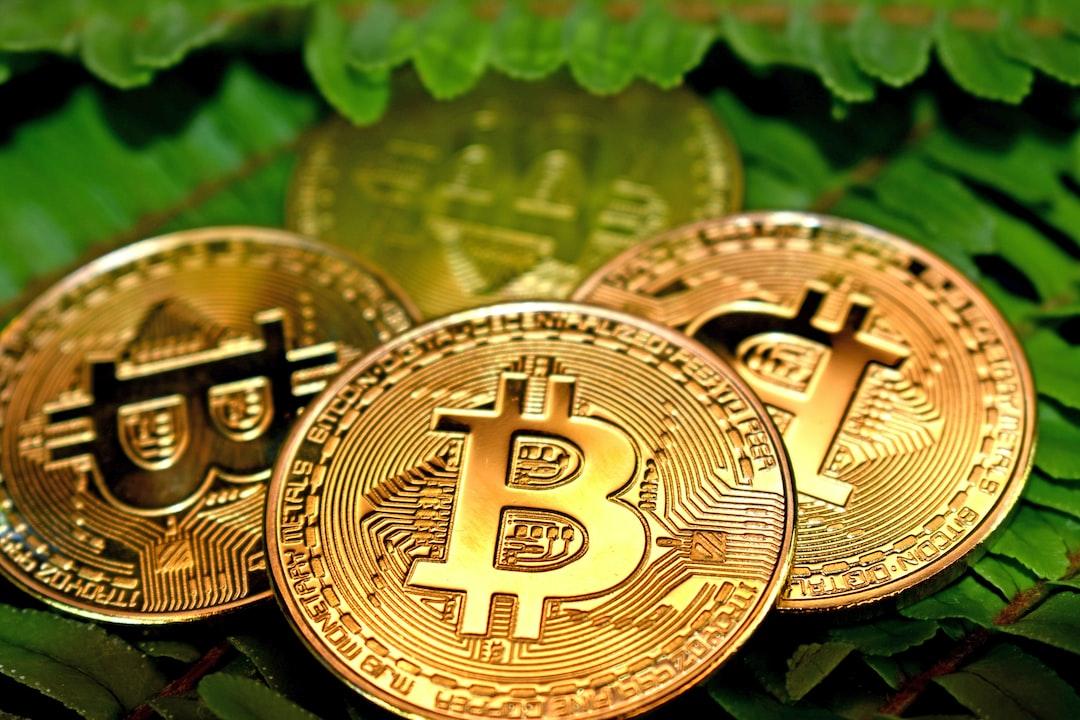
Rather than merely focusing on the fee diversion effect of Layer 2 solutions on Ethereum and viewing it as a threat, we should see ETH as a productive asset:
During the ICO era, ETH was the universal currency for participating in token sales: project funds were all denominated in ETH. Ironically, this impact still has lingering effects today, as many older projects continue to sell off the ETH they accumulated during fundraising.
During the DeFi summer, ETH was the base asset for mining various food coins and animal coins. For instance, in the SUSHI/ETH liquidity pool, you needed to provide ETH to mine SUSHI tokens.
During the NFT craze, ETH was (and still is) the primary currency. My DeFi investment manual during the bull market was to treat Layer 1 public chains as productive assets: use tokens like SUI, STX, INJ, and SOL to participate in ecosystem mining to obtain airdrop tokens. Once the airdrops were received, sell them immediately for the underlying Layer 1 assets and repeat the process.
However, most of these Layer 1 blockchain projects have failed to successfully develop their ecosystems. Even a few projects like STX and SUI that have made some progress have delivered mediocre results regarding ecosystem token airdrops.
The reason I bet on ETH is that Eigenlayer’s restaking mechanism will make ETH the most efficient productive asset in blockchain history: by restaking ETH, you can obtain higher yields than simple staking, as well as a considerable amount of airdrops from Eigenlayer ecosystem projects.
Eigenlayer has failed. I initially thought Symbiotic might have a chance, but that no longer matters.
Are there any bullish signals? The average cost basis for Ethereum holders is $2,200, so most holders are at a loss.
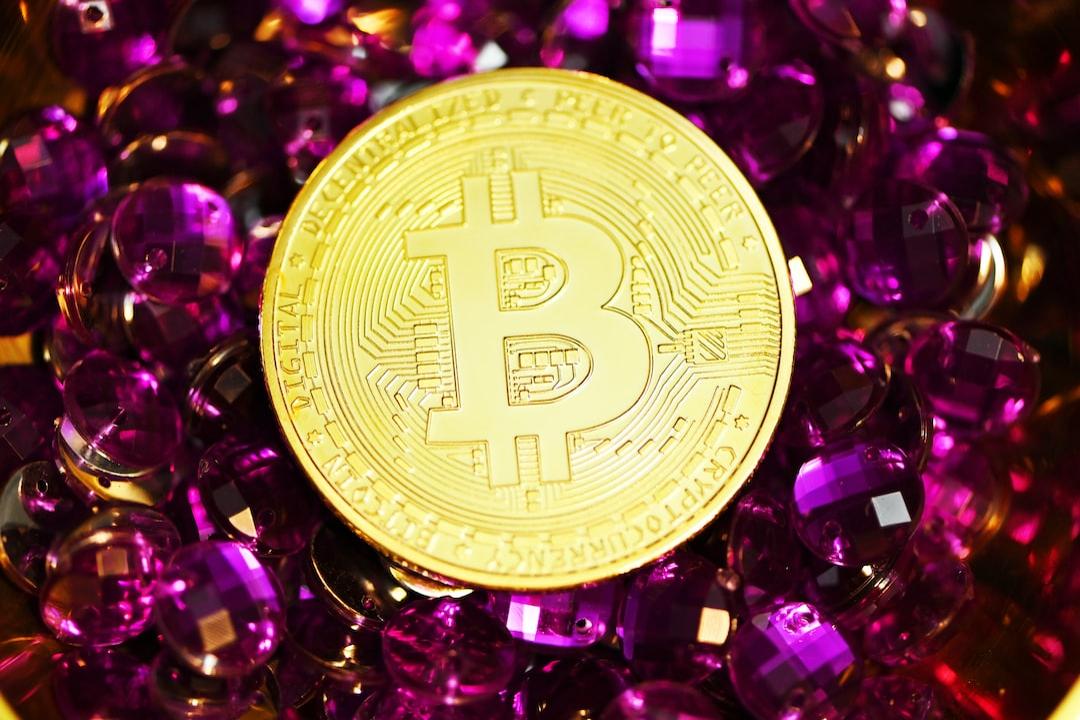
Currently, ETH still possesses certain productive asset characteristics, primarily used as collateral in the DeFi ecosystem. However, in this market cycle, its production characteristics have underperformed compared to SOL, as SOL played a core role during the meme coin frenzy (as a medium of exchange and store of value).
I believe SOL is following ETH’s trend since the collapse of meme coins has not yet been replaced by other narratives that could drive SOL’s demand. Nonetheless, due to SOL’s lower market capitalization and high inflation rewards, users can still earn a 25% annual yield in the Kamino Multiply liquidity pool. Who can show me such high yields in ETH?
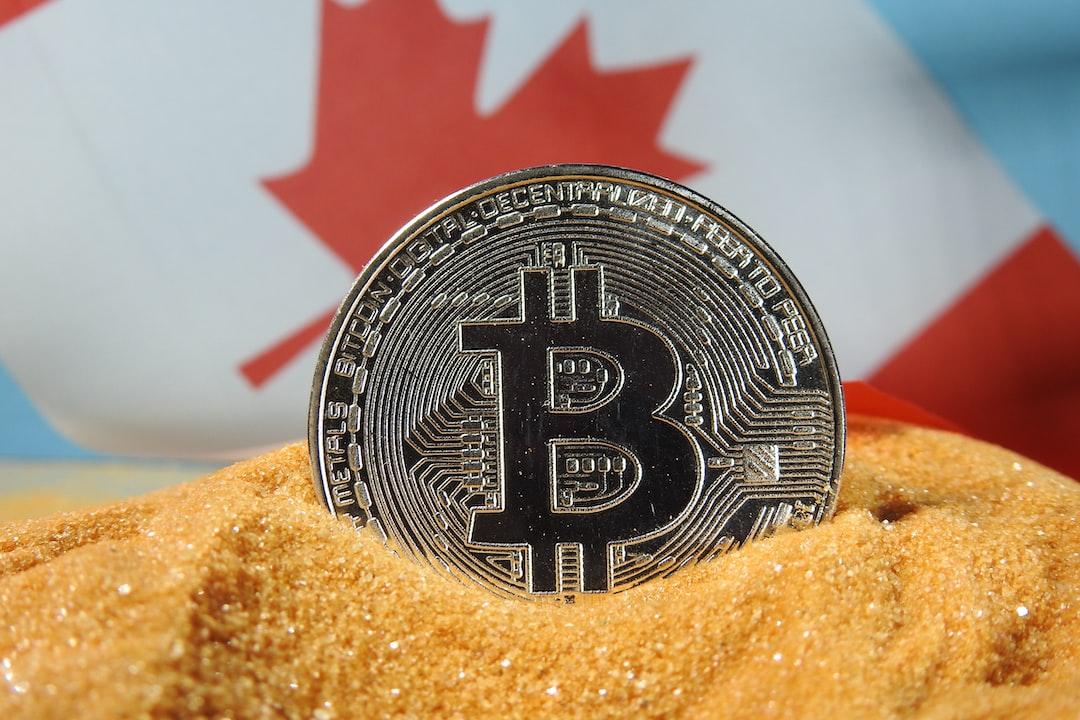
To reverse ETH’s trend requires:
- A stable macro environment that supports risk appetite and a favorable regulatory environment;
- Transforming ETH into a more productive asset.
Changes in U.S. regulations are positive news for Ethereum and other Layer 1s. These changes will attract more stablecoins, promote the asset tokenization process, and accelerate the overall adoption of blockchain technology.
However, even if the asset tokenization on Ethereum (compared to other blockchains) presents a very optimistic outlook, it does not necessarily mean that the ETH we hold will surge.
Imagine if Tesla stock could be traded on-chain via Ethereum; that would be a significant boon for DeFi. Hundreds of billions or even trillions of dollars’ worth of assets in traditional financial markets could serve as collateral to borrow stablecoins for everyday consumption scenarios.
If Apple stock could be traded freely globally through Uniswap, it would usher DeFi protocols (and their tokens) into a golden age. We could finally escape the current phase reliant on internal cycles and leveraged demand. At that point, platforms like Aave, Fluid, and Uniswap would see exponential growth in fee generation.
But what does this mean for ETH as a productive asset? Undoubtedly, trading volume will increase, but the Ethereum Foundation plans to significantly reduce transaction fees for both Layer 1 and Layer 2 solutions.
Users ask: Will RWA assets be paired with Ethereum or stablecoins? But to be honest, why would one choose to pair with ETH?
Will trading take place on Layer 2 solutions (like Base) that do not allocate revenue to the Layer 1 mainnet?
Will the Ethereum Foundation Force L2s to Pay Dividends to L1?
Many questions remain unanswered. RWA tokenization is the most bullish narrative among Ethereum bulls, but as Sam explains below, it may not necessarily drive significant price action for Ethereum.

Currently, a slew of emerging projects are entering the market, closely following Ethereum’s trend of RWA tokenization and institutional adoption: for instance, Plume, Ethena, and the Layer 1 blockchain Converge launched by Securitize, aimed at traditional finance. Overall, I hope to see ETH become a more productive asset again. As a continuously depreciating low-yield collateral, it is insufficient to support the market cap growth of a $200 billion asset.
Current Productive Assets
Which assets are currently the most productive?
Hyperliquid (HYPE)
There are two main reasons for choosing HYPE:
- The fee revenue generated by Hyperliquid exceeds that of Solana and Ethereum, and it uses this revenue to buy back HYPE tokens.
- The HyperEVM ecosystem is rising, with HYPE as its core token.
The HyperEVM network is filled with numerous forked DeFi protocols, and these projects are preparing to launch their respective tokens. Our strategy is quite clear: identify the most promising protocols and deposit HYPE tokens into them. Most decentralized applications focus on cyclical leverage strategies, typically operating as follows:
- Stake assets into HYPE LST.
- Borrow assets or mint stablecoins using them as collateral.
- Use the borrowed assets to cycle again.
If there are issues in the operational steps, risks may arise. Therefore, I have adopted a conservative strategy: participating in Nansen interactions by staking LSTs or using the Hyperliquid native platform. (Nansen is about to conduct an airdrop!) Due to the ever-emerging and changing decentralized applications, by the time I publish this article, the situation may have already changed.
To be honest, I plan to farm ecosystem airdrops and then sell them off for more HYPE. Although this is not ideal.
Initia (INIT)
Although not yet launched, I believe there will be decent mining profit opportunities once the project is online. As I explained in my previous post about “Five Hot Upcoming TGEs,” Initia’s “Divine Liquidity” mechanism allows users to earn rewards in two ways: users can either stake INIT tokens individually or stake INIT-X liquidity pool tokens approved by the protocol (these LP tokens must be paired with INIT tokens), both of which distribute profits through a delegated proof-of-stake DPoS mechanism. The built-in liquidity is a decent Ponzi token economic mechanism that mandates pairing 50% or more of INIT tokens with all ecosystem tokens. These LP tokens must pass governance whitelist audits.
However, I take a cautious approach here: INIT’s “native liquidity” model is similar to Berachain. While the returns on Berachain were once very attractive, if you are not clear about what you are doing, those crafty liquidity providers may leave you with nothing.
Research the ecosystem and seize the exit opportunity.
Sonic (S) and Ronin (RON)
Both ecosystems are conducting liquidity mining activities: Sonic’s S token marketing campaign of 200 million tokens will end in June 2025. Despite the overall market crash, S, as the core asset of the ecosystem, has performed more stable than Bitcoin, outperforming Ethereum and SOL, which is a characteristic of productive assets. However, June may be a concerning time point for S holders.
Ronin will provide a total of $3 million in rewards across multiple liquidity pools, with yield rates for USDC/RON and ETH/RON trading pairs around 75%.
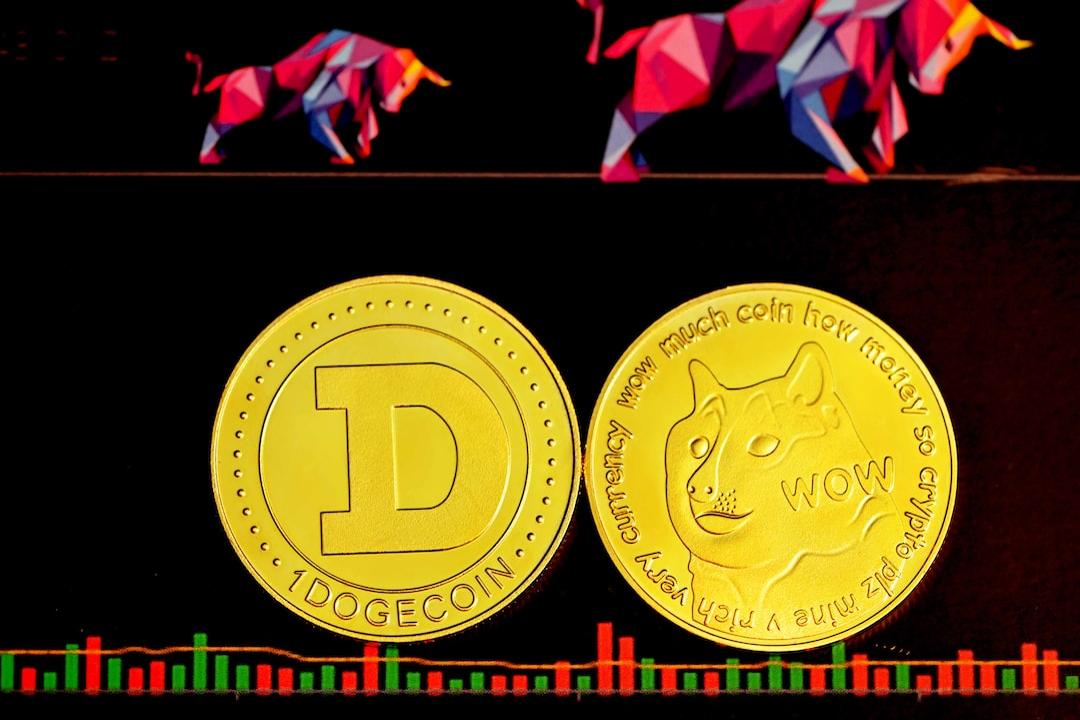
And Bitcoin, surprised?
While earning yields on Bitcoin is a holy grail pursued by many, it comes with security compromises: you need to deposit Bitcoin into a Layer 2 protocol controlled by multi-signatures or other third-party addresses. Nevertheless, BTCFi protocols like Lombard Finance have raised their TVL to $1.7 billion without being widely noticed, surpassing platforms such as Pancakeswap, Raydium, and Rocket Pool. You can participate in yield farming across multiple protocols through the Lombard vault, receiving yields and airdrop rewards from up to six protocols at once.
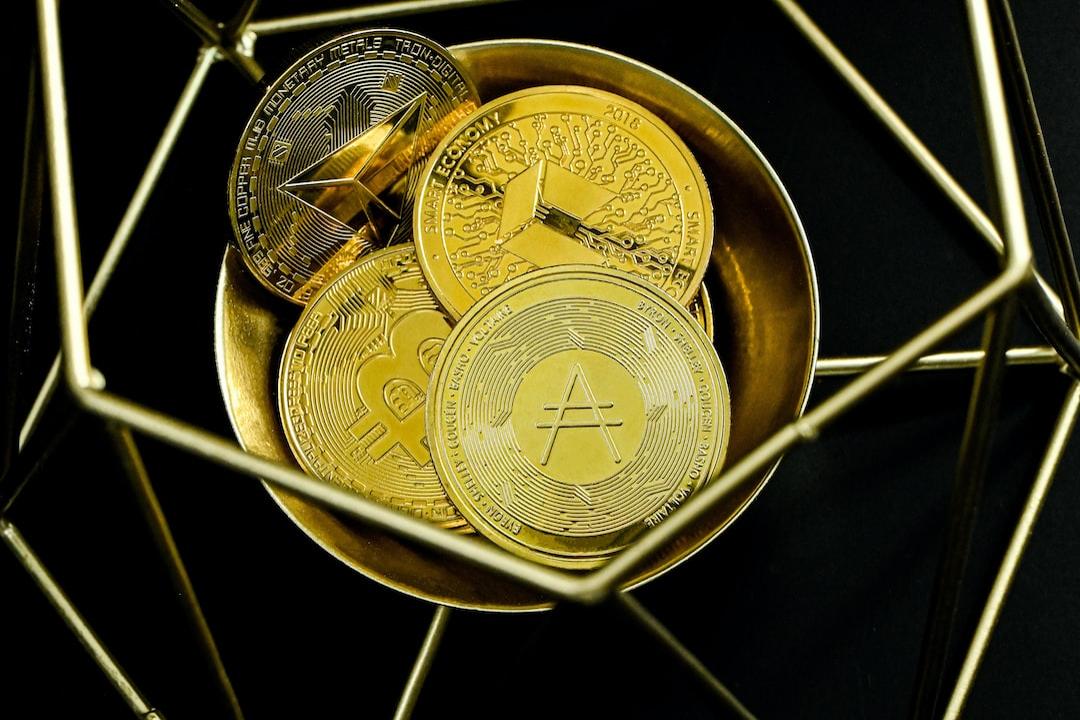
Other straightforward earning opportunities are offered by the Xverse and Bob L2 platforms. For example, you can stake BTC in Babylon via Solv Protocol and receive liquidity staking tokens solvBTC.BBN.
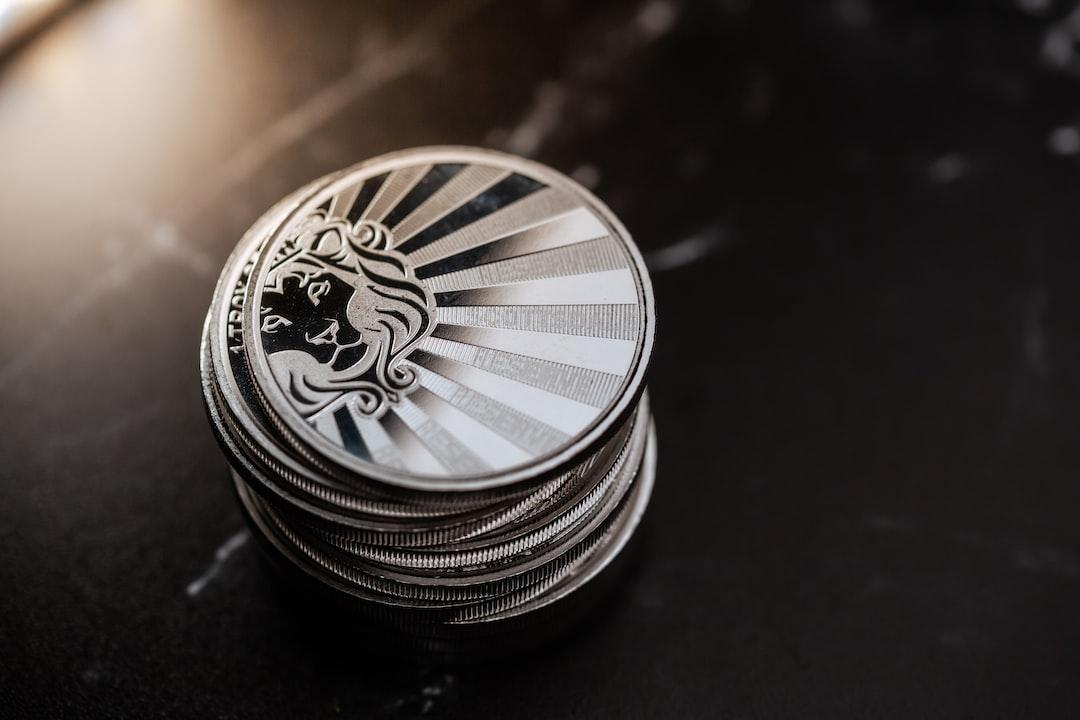
The current annualized yield rates for various projects remain unclear, but as I write this, the BABY token of the Babylon ecosystem has already been launched for trading, with a circulating market cap of $282 million and an FDV of $1.2 billion. In contrast, EIGEN’s current market cap is $183 million, with an FDV of $1.3 billion. Perhaps the narrative of re-staking has not died; it has quietly unfolded in the Bitcoin ecosystem.

Two Bad Precedents in Token Economics
PancakeSwap
PancakeSwap is currently working closely with Binance, focusing on the joint TGE event both parties are launching, as Binance is committed to promoting its Web3 wallet. This collaboration is a significant boon for PancakeSwap, whose trading volume has made it the second-largest decentralized exchange, just behind Uniswap. PancakeSwap’s weekly fee revenue reaches $11.26 million, just $2 million less than Hyperliquid.
However, this has not boosted the price of CAKE. To address this issue, CAKE is shifting its token economic model from the original “profit-sharing and community-driven decision-making” mechanism to a team-led “buyback and burn” model. The question arises: protocols like PCS, Magpie, and StakeDAO, which adopted a governance meta-aggregator business model, have encountered rug pulls.
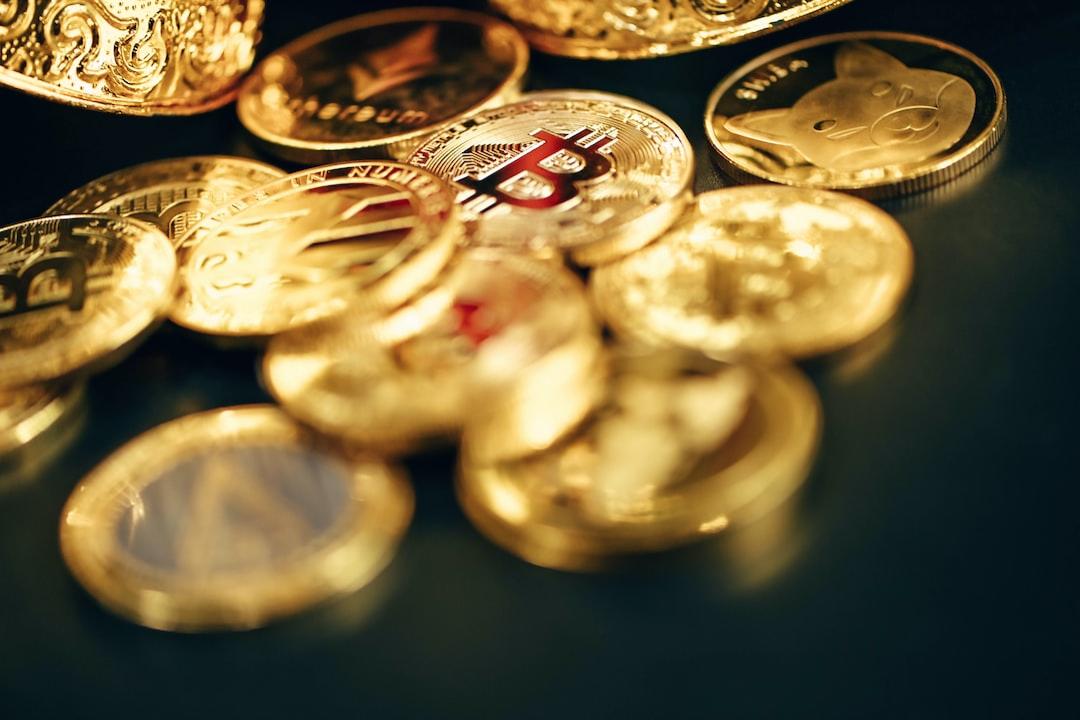
This is similar to the relationship between Convex and Curve, where veCRV tokens are used for governance and reward release, but CVX tokens operate as an upper layer protocol to simplify processes and integrate yields. This is a precedent that investors need to consider before investing in similar meta-governance protocols.
Crypto.com
Compared to PCS, the situation for Crypto.com is much worse. Simply put, Crypto.com failed to burn 70% of BURNT tokens in 2021 and subsequently announced a partnership with Trump Media to launch a crypto ETF that includes CRO itself. Crypto.com has elevated fraud tactics to a new level. Unfortunately, the entire industry seems to have forgotten this, but I will never forget. Crypto.com will forever remain on my most-hated corporate blacklist.

Both of these projects have set a bad precedent for the industry. Token economics must possess predictability to be worth investing in. No wonder people only trust Bitcoin. If the total cap of Bitcoin’s 21 million coins is ever lifted, be prepared for large-scale sell-offs.
The Old DAO is Dead, Long Live the New DAO
I believe the old DAO model is undergoing a transformation, but many have missed out on the fun due to the current turbulent macroeconomic environment.

In a few months, I expect many DAOs to begin experimenting with different voting models and adjusting their token economics.
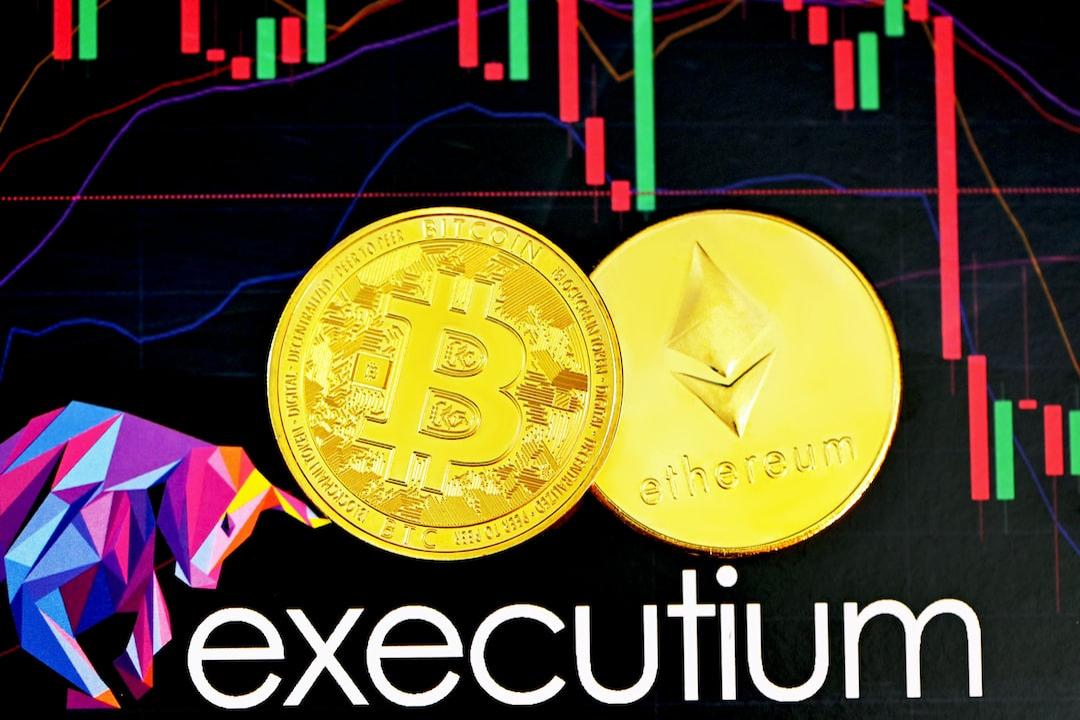
Due to the lack of actual revenue sharing or staking rewards, DAO tokens lack appeal, and lobbying behavior (buying voting rights) in the DeFi space will evolve into an increasingly serious issue. Aragon allows DAOs to be launched as modular entities, achieving decentralized governance management through plugins with different functionalities. To be honest, Futarcy is the most exciting project. It utilizes prediction markets to guide decision-making, aiming to improve efficiency and reduce the flaws of the “1 token = 1 vote” model.
Arbitrum DAO is considering launching a staking mechanism:
- Created two prediction markets:
- Market A: What will ARB’s price be in six months if the staking mechanism is implemented?
- Market B: What will ARB’s price be in six months if the staking mechanism is not implemented?
ARB token holders can place bets in both markets. If the predicted ARB token price in Market A is higher than that in Market B, the staking mechanism will be adopted. This could fundamentally change the voting mechanism of DAOs. After noticing all of this and the Lobby Finance incident on Arbitrum, the Arbitrum leadership released a new “Arbitrum Future Vision.”
To address inefficiencies, the Arbitrum Foundation and Offchain Labs’ core team will now be responsible for most decision-making. This also closely follows the growth trend of BORGs (Budgeted, Objective-Aligned, Range-Constrained, Governable) entities, especially Lido. Lido’s BORG and Arbitrum’s new vision are both dedicated to solving the same core issue: while DAOs are decentralized, their operations are chaotic, inefficient, and lack a clear execution framework. In short, the true decentralized governance that Arbitrum attempted to realize has not been achieved, and teams like Lido have regained control.
What Will Happen Next?
When the current government can change the course of cryptocurrency with just one post, predicting the next developments becomes exceptionally difficult. However, I am closely monitoring the market performance of the Babylon token, the progress of Initia’s TGE, and how Ethereum’s Pectra upgrade will improve the current user experience. Trump’s decision to postpone tariffs for 90 days has alleviated market pressure, so I believe projects will seize this window to launch tokens and mainnets. It’s time to let all our panic dissipate over the next three months. For this reason, I also plan to share my insights on emerging and promising crypto projects. There is so much to research!

References: PANews

